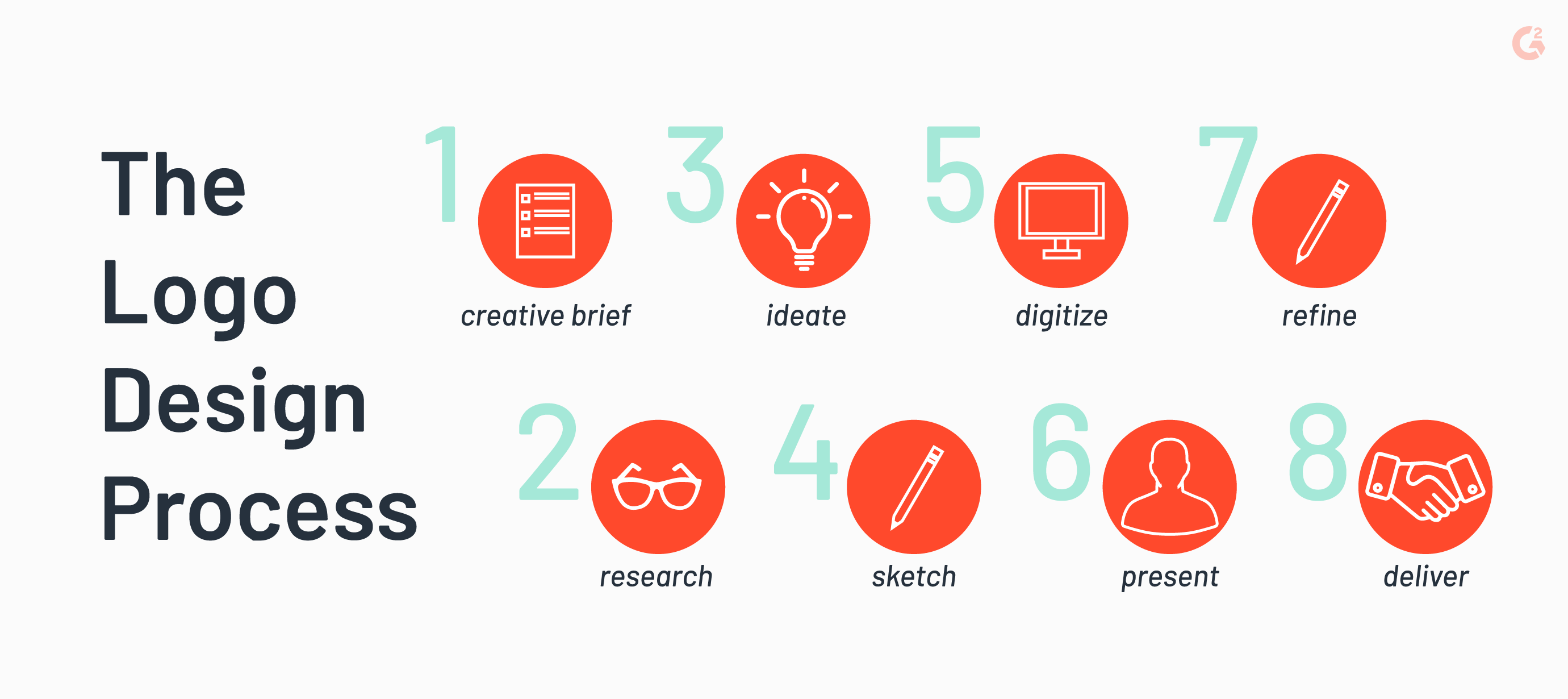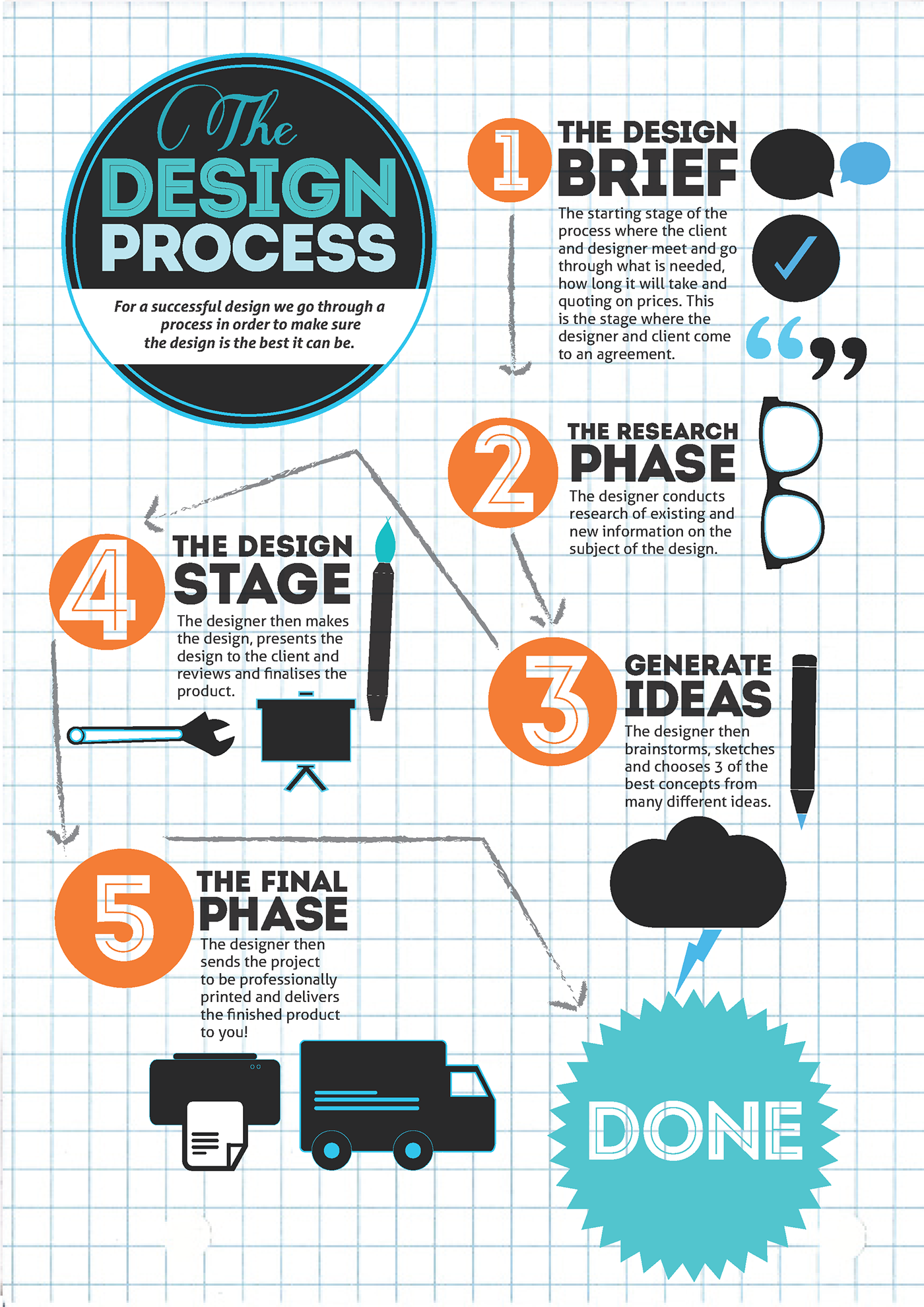Table Of Content
- How to nail user interviews in a UX, HCD or Design Thinking process – full guide
- Inspire, Ideate, Implement by IDEO
- What is Ideation – and How to Prepare for Ideation Sessions
- What are the 5 Stages of the Design Thinking Process
- What Are Wicked Problems and How Might We Solve Them?
- Enhanced User Satisfaction and Engagement

This could include visiting a website, interacting with staff or using a product directly. When you incorporate these strategies, you create a UX design that is usable for people with various disabilities, thereby enhancing the overall user experience. Regularly review project progress and adjust as necessary, and ensure that changes don’t derail the project's timeline or budget.
How to nail user interviews in a UX, HCD or Design Thinking process – full guide
Like engineers, student teams follow the steps of the design process, to research the wearable technology field (watching online videos an... Students use the engineering design process to solve a real-world problem—shoe engineering! Working in small teams, they design, build and test a pair of wearable platform or high-heeled shoes, taking into consideration the stress and strain forces that it will encounter from the shoe wearer.
Inspire, Ideate, Implement by IDEO
Design Processes Take Center Stage at a New Exhibition on Herzog & de Meuron - Architectural Record
Design Processes Take Center Stage at a New Exhibition on Herzog & de Meuron.
Posted: Thu, 20 Jul 2023 07:00:00 GMT [source]
By understanding these aspects, teams can choose a UX design process that best fits their specific project, and ensure the design is effective, user-friendly and successful in achieving its intended goals. The essence of a UX design process lies in its adaptability across projects. Design teams incorporate varied research methods, define project scope and utilize prototyping tools to refine their solutions. Design thinking can also start small—you don’t need to become a UX designer in order to apply design thinking to your own work!
What is Ideation – and How to Prepare for Ideation Sessions
As you may imagine, it can get tough to think of ideas that are not only new and creative but also practical from an engineering perspective. Therefore, aspiring design engineers should put themselves through design projects to polish their skills and become good at their job. While the development of the engineering design cycle is a broad topic, we will highlight some of its core skills for design engineers.
These are worked into every aspect of the business from the design team to operations and management to generate and work off user-testing data and fresh ideas. With all of these valuable insights, the company focuses on iterating quickly. They ideate and start testing prototypes and mockups in restaurants, customers’ homes, and delivery vehicles.
What Are Wicked Problems and How Might We Solve Them?
Usability testing, A/B testing, and feedback loops are mechanisms that help capture valuable user insights. Ideas generated in the previous step need to be shaped into tangible concepts that can be tested. Select the most promising ideas and develop them into concrete concepts. Prototypes are simplified representations of the final product or feature. In the context of engineering design, the design team forwards its work to the production department.
A great way to understand UX roles is to identify which phases of the design process they contribute towards. When you go job-hunting, remember that different companies might define roles differently, too! Large companies, for instance, tend to hire specialist designers, so they often have specific roles such as “User Researcher” and “Visual Designer”. Small and medium-sized companies, on the other hand, tend to prefer generalists and will have roles such as “UX Designer” or even “UI/UX Designer”.

This is an intensive brainstorming stage where the design team pitches ideas for different design concepts. The focus is on creativity and problem-solving, where team members are encouraged to find all possible solutions to the problem at hand. Design education covers the teaching of theory, knowledge and values in the design of products, services and environments, and focusses on the development of both particular and general skills for designing. It is primarily orientated to prepare students for professional design practice, based around project work and studio or atelier teaching methods. The design thinking method grew to prominence after being taught in Stanford University’s design school in 2003. Today, design thinking is applied as a product development and brand positioning strategy by high-profile software firms like Intuit, Samsung and Google to build and test new ideas efficiently.
Enhanced User Satisfaction and Engagement
With the initial ideas sketched out, you’ll then consider the information architecture of the new feature (i.e. how it will be structured and organised in terms of content and information) and map out user flows. A user flow is a chart or diagram which depicts the path a user will take to complete a certain task. To help you come up with ideas for how to solve your user problem, you might turn your problem statement into a series of “How Might We? Give your team the skills, knowledge and mindset to create great digital products.
Given scrap cardboard, paper towel tubes, scissors, and glue, how could a student invent their own backscratcher? Engage in the process of how real engineers design products to meet a desired function. Here, you’ll review design decisions to see how well you evaluated the end user’s needs and how effective your final design was. Look at metrics and user feedback to see how they feel about the finished product. Depending on resources, funding, and your industry, this stage may involve scoping out the final product or creating a scaled-down prototype. In health care and manufacturing, you’ll probably create a model version of your final product.
Always remember that you create a design for your users, not for yourself. Ideate is a stage in the design thinking process where designers generate a large number of creative ideas and concepts in response to the problem statement developed during the previous stage. The third stage in the Design Thinking process consists of ideation—or generating ideas. By this point, you know who your target users are and what they want from your product. By the end of the define phase, you will have a clear problem statement to guide you throughout the design process.
Following the 8-step UX design process is a proven way to ensure that you are creating user centered products that are data-driven and effective. In order to manage all seven stages, you need ProjectManager, construction project management software. Our software is your central hub for all construction project drawings and documentation. The collaborative platform connects everyone on the project team and gives them access to all files whether they’re in the office, on the construction site or anywhere else.


No comments:
Post a Comment